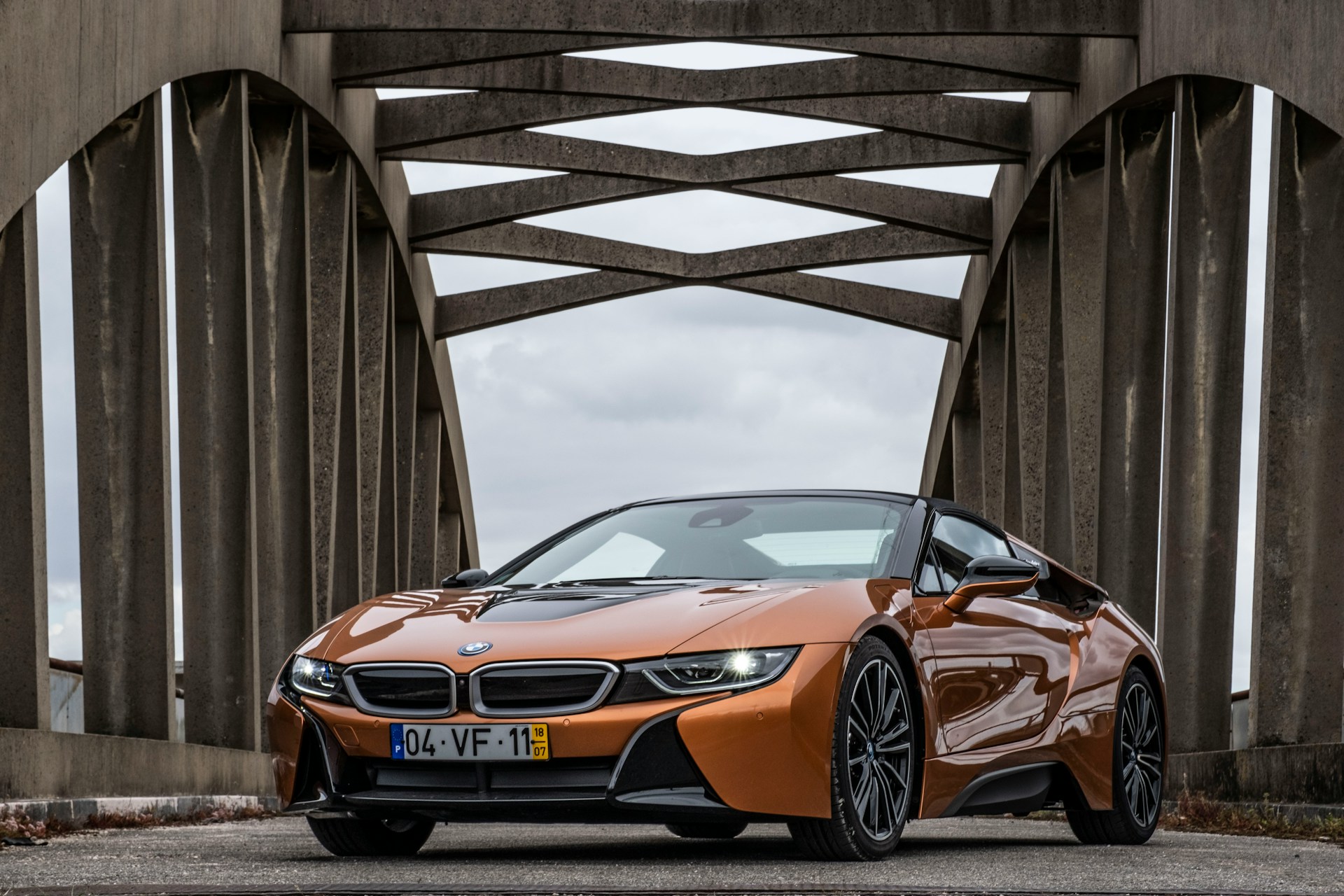BMW i8: A Groundbreaking Sports Car or an Overpriced Rival?

When the BMW i8 first appeared in 2014, it was unlike anything seen before. With its futuristic design and unique hybrid technology, the car caused quite a stir. Even when it went out of production in 2021, it left an impression that many were still trying to comprehend. Was this car a revolutionary step forward, or simply an expensive competitor to the Porsche 911, considering its six-figure price and engine borrowed from a Mini Cooper?
One area where the i8 undoubtedly succeeded was in its design. With a look that seemed straight out of a sci-fi movie, the i8 was unmistakably a BMW, yet different from any other model the company had produced. Even today, its striking appearance remains timeless, and thanks to depreciation, owning one is more accessible than ever. Prices have dropped to just over £30,000, with values unlikely to fall much further, making it a potentially wise investment.
Underneath its eye-catching exterior, the i8 featured a clever blend of a petrol engine, an electric motor, and a lithium-ion battery. Early models could travel up to 23 miles on electric power alone, while later versions extended this range to 34 miles. The car’s official fuel consumption, as measured by the NEDC, was an impressive 135mpg.
At the core of the i8 was a 1.5-litre turbocharged petrol engine, originally found in the Mini Cooper, though significantly upgraded. Producing 228bhp and 236lb ft of torque, this engine powered the rear wheels via a six-speed automatic gearbox. In addition, the i8 had a high-output starter-generator electric motor that helped charge the 7.1kWh battery positioned under the floor. At the front, a 129bhp electric motor drove the front wheels, resulting in a combined output of 357bhp and 420lb ft of torque.
Despite its exotic nature, the i8’s weight was kept relatively low at 1560kg, comparable to a Porsche 911 and notably lighter than a Jaguar E-Type. This lightness, combined with the car’s power, allowed it to sprint from 0-62mph in just 4.4 seconds, with a top speed of 155mph.
The i8 wasn’t just fast, though; it was surprisingly comfortable and efficient. Thanks to its hybrid system, you could cover long distances at high speeds, all while achieving impressive fuel economy. On a typical journey, the car could easily return over 40mpg, and by regularly plugging it in, drivers could see even better figures on shorter trips.
However, those expecting the i8 to deliver the same raw, aggressive performance as a Porsche 911 or Audi R8 might have been left disappointed. The i8 was more of a grand tourer than a hard-edged sports car, with handling more akin to BMW’s 6 Series than some of its sharper competitors. Its steering was light, precise, and responsive, but it lacked the drama that purists might expect from a high-performance car.
Where the i8 really shone was in its balance. The car’s chassis was finely tuned, working seamlessly with the hybrid powertrain to offer a smooth and engaging driving experience. While some critics claimed the i8 lacked “character,” the truth is that the car offered a unique driving experience, rewarding those who took the time to appreciate it.
In conclusion, the BMW i8 may not have been the shrapnel-spitting rival to the Porsche 911 or Audi R8 that some had hoped for, but it was an entirely different kind of sports car. It excelled as a luxurious, futuristic grand tourer that combined eco-friendly technology with head-turning looks and an enjoyable driving experience. For those willing to see it for what it was, the i8 was, and remains, an impressive and enjoyable machine.




